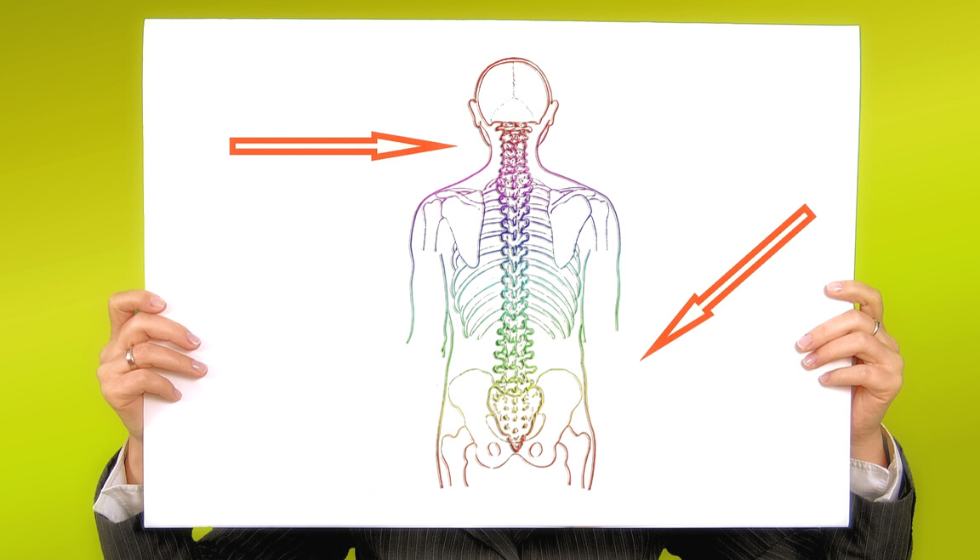Bones are a significant part of the human body, bones to multiple tasks, as there are skin diseases like there are bone diseases.
A wide variety of medical disorders, bone diseases alter the growth and energy of your bones. These situations can happen for various reasons, varying from the inevitable (genes) to the preventable (diet).
Although not all bone disorders are avoidable, knowing the signal types of bone disease is sharing the struggle.
The human body includes 206 bones. Bones are living tissue, just similar to all the different parts of our bodies and, as such, are continually going through a period of renewal.
Older bone tissue is restored with newly formed bone tissue in a manner called remodelling. Much like the renovation of a home, our skeletal structure is strengthened to depend on it entirely in our lives.
From bone fractures (Breaks) to crippling arthritis, bone diseases that harm your bones develop in many patterns. Any number of bone diseases can begin to abnormalities in bones and joints, improve your risk for breaks, and create lasting pain and inability.
Strong joints such as wrists, shoulders, knees, ankles, and finger bones allow your body to flow with comfort. Bones such as the femur (thighbone) and humerus (upper arm) also offer the drive.
What types of Bone Diseases
Bone density tops when we are growing adults, typically among the ages of 25 and 30. After that, as we proceed to age, our bones slowly drop density.
But there are methods to resist this natural loss of bone mass, such as vitamins and minerals, medicines like estrogen replacement treatment, and strength exercise, and weight-bearing activities.
Osteoporosis
Osteoporosis happens when a manner recognized as bone regeneration goes a tiny bit haywire. While bone remodelling, our bodies renew worn-out, damaged bone with healthier, sturdy bone.
In this practice, our bones can live solid and loose from injury. However, if bone loss starts to outpace the state of bone growth, then the net outcome is a lack of bone mass.
This produces weak bones that include many small cysts, like a slice of swiss cheese. Porous bones can break easily. Crashing into an end table, turning the wrong way, even sneezing can create a weak bone to break.
Paget’s Disease
Paget’s Bone Disease is a bone sickness where the bone regeneration method (remodelling) happens too fast, starting to bone deformities soft, developed bones such as the spine, pelvis, head, and the long bones of the limbs and lower leg.
Paget’s Disease happens in white adults over the age of 55 and may become a genetic component.
Paget’s Disease may be the usual common bone disease that you’ve nevermore discovered of. If you don’t include OA (which principally concerns the joints), then Paget’s Disease is the most common bone disorder in the United States.
Similar to osteoporosis, Paget’s Disease of Bone happens when the bone regeneration process goes wrong. However, unlike osteoporosis, the method of bone regrowth in Paget’s Disease starts to exceed the cycle of bone destruction.
Bone Infection
Also known as osteomyelitis, infection of bone tissue is an uncommon but severe condition. It can happen following surgery, such as a hip replacement, or increase bones from different body parts.
Discomfort, pain, swelling, and redness are typical symptoms of a bone infection, and medicines are a standard practice component. In unusual cases, parts of the infected bone may require to be surgically extracted.
Bone Tumors
Bone tumours happen when the uncontrolled increase of cells happens inside the bone.
These tumours can be kind or malignant, although benign noncancerous bone tumours that do not affect other bone tissue and do not diffuse are more general.
Multiple Myeloma
Myeloma is a kind of cancer that strikes your white blood cells; multiple myeloma produces abnormal cells to grow up in your bone marrow.
As specific cells produce, they can attack actual bone tissue, causing spinal tumours. Overall, your spine is one of the several common sites in your body for secondary tumours.
The human being’s spine crosses the length of the torso; tumours from the breast, lung, and kidneys can quickly spread to vertebrae.
Symptoms of Multiple Myeloma may involve weakened bones, anemia, fatigue, or heightened sensitivity to infections.


